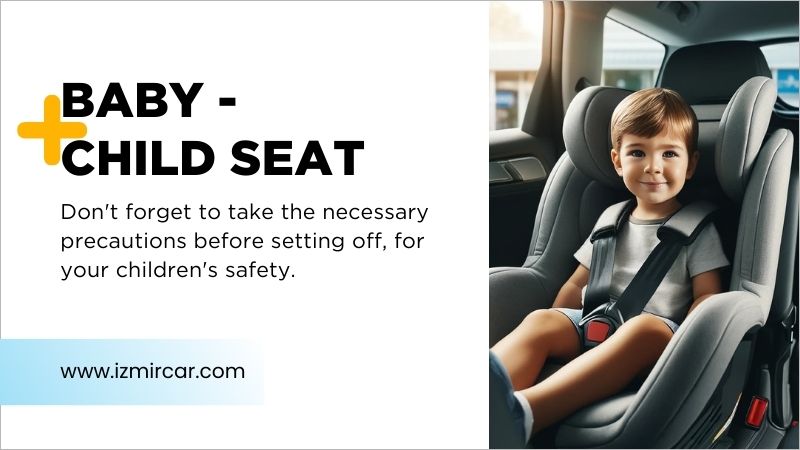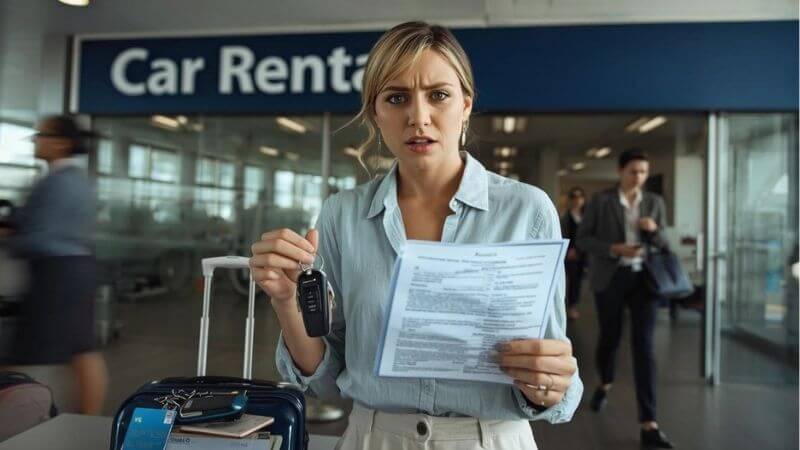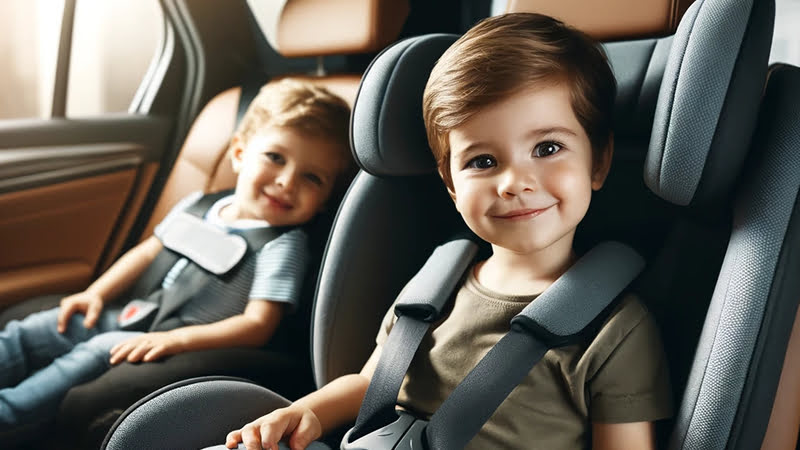Proper Use of Baby and Child Car Seats for Safety

Ensuring the safety of our babies and children during car journeys is one of the primary responsibilities of every parent. One of the most crucial elements in providing this safety is the proper use of baby and child car seats. Choosing the right seat not only ensures a safe travel experience for children but also provides them with comfort during the journey. Additionally, it is not just a preference but a legal obligation. So, how should child car seats be properly used in vehicles? Here are the key points to consider for both safe travel and compliance with legal requirements.
When traveling with children, knowing they are seated securely in the car reduces parental worries and ensures a more comfortable travel experience. Ensuring that the child is seated in a car seat appropriate for their height and weight enhances both safety and comfort. Child car seats are not merely accessories but act as a shield of safety. Therefore, using a sturdy car seat that meets proper standards and is correctly installed is of great importance.
Current legislation mandates that children traveling in private vehicles must use car seats appropriate for their height and weight. According to the law, all children shorter than 150 cm and weighing less than 36 kg must use a car seat to travel safely in a vehicle. This regulation aims to protect children during accidents and ensure their comfort during journeys. Studies show that properly used child car seats significantly reduce the risk of injuries in accidents.
The seating direction of infants in vehicles is often misunderstood, leading to safety risks. Infant car seats for children under 15 months old must be installed rear-facing. This positioning provides better protection for the baby’s neck and spine in the event of sudden stops or collisions. Rear-facing seats are the safest option for young infants due to their delicate bodies.
Proper installation and use of child car seats are critical for safety. Follow these tips to ensure maximum safety for your child during travel:
Securing the Seat: The child car seat should be tightly secured to your vehicle and installed firmly. The seat should not move more than 2.5 cm sideways or forward-backward. A loosely installed seat may not provide sufficient protection in emergencies.
Adjusting the Angle Correctly: Ensuring the correct angle of the seat is crucial, especially for infant seats. Position the seat at a safe angle to prevent your baby’s head from falling forward. An incorrect angle can make it difficult for the baby to breathe and negatively affect their comfort.
Checking the Straps: Make sure the seat straps are properly fastened and fit snugly around your child. The straps should secure your child’s body without causing discomfort.
During long car journeys, it is essential to take regular breaks to protect the health of both children and adults. Prolonged inactivity can lead to discomfort and health problems for children. During breaks, allow your child to move, expend some energy, and meet their needs. This will make the journey more enjoyable and comfortable for everyone.
Lastly, parents play a significant role in the proper use of car seats and vehicle safety. Explain to your children why they use car seats and the importance of this for their safety. This helps them grow into conscious individuals. Additionally, setting an example by consistently wearing your seatbelt during travel creates a positive impact on your children.
By choosing and installing the right car seat, you can ensure maximum safety for your children during travel. Remember, their safety is achieved through the right equipment and conscious use.
The Importance of Child Car Seats During Car Journeys
When traveling with children, knowing they are seated securely in the car reduces parental worries and ensures a more comfortable travel experience. Ensuring that the child is seated in a car seat appropriate for their height and weight enhances both safety and comfort. Child car seats are not merely accessories but act as a shield of safety. Therefore, using a sturdy car seat that meets proper standards and is correctly installed is of great importance.
Child Seat Usage: A Legal Requirement
Current legislation mandates that children traveling in private vehicles must use car seats appropriate for their height and weight. According to the law, all children shorter than 150 cm and weighing less than 36 kg must use a car seat to travel safely in a vehicle. This regulation aims to protect children during accidents and ensure their comfort during journeys. Studies show that properly used child car seats significantly reduce the risk of injuries in accidents.
Infant Car Seats: Proper Positioning
The seating direction of infants in vehicles is often misunderstood, leading to safety risks. Infant car seats for children under 15 months old must be installed rear-facing. This positioning provides better protection for the baby’s neck and spine in the event of sudden stops or collisions. Rear-facing seats are the safest option for young infants due to their delicate bodies.
Child Seat Safety Tips
Proper installation and use of child car seats are critical for safety. Follow these tips to ensure maximum safety for your child during travel:
Securing the Seat: The child car seat should be tightly secured to your vehicle and installed firmly. The seat should not move more than 2.5 cm sideways or forward-backward. A loosely installed seat may not provide sufficient protection in emergencies.
Adjusting the Angle Correctly: Ensuring the correct angle of the seat is crucial, especially for infant seats. Position the seat at a safe angle to prevent your baby’s head from falling forward. An incorrect angle can make it difficult for the baby to breathe and negatively affect their comfort.
Checking the Straps: Make sure the seat straps are properly fastened and fit snugly around your child. The straps should secure your child’s body without causing discomfort.
The Importance of Breaks During Long Journeys
During long car journeys, it is essential to take regular breaks to protect the health of both children and adults. Prolonged inactivity can lead to discomfort and health problems for children. During breaks, allow your child to move, expend some energy, and meet their needs. This will make the journey more enjoyable and comfortable for everyone.
Raising Awareness About Child Safety: The Role of Parents
Lastly, parents play a significant role in the proper use of car seats and vehicle safety. Explain to your children why they use car seats and the importance of this for their safety. This helps them grow into conscious individuals. Additionally, setting an example by consistently wearing your seatbelt during travel creates a positive impact on your children.
By choosing and installing the right car seat, you can ensure maximum safety for your children during travel. Remember, their safety is achieved through the right equipment and conscious use.










































































